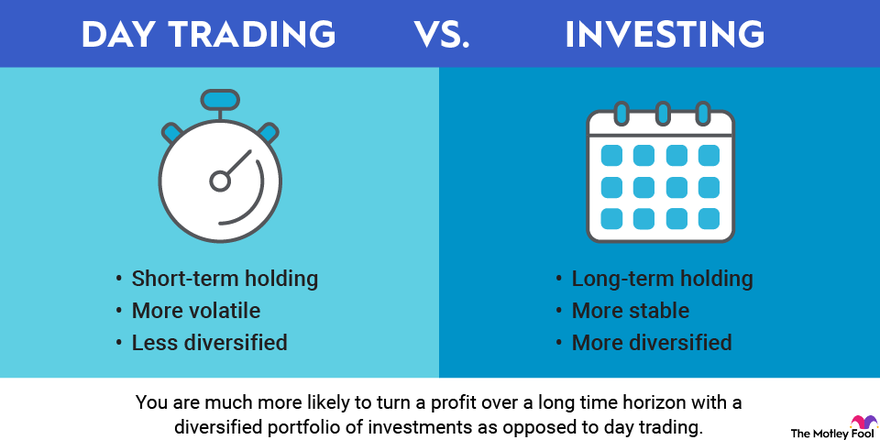Short selling is a practice that has gained significant attention and controversy in the investment world. While most investors focus on buying stocks and profiting from their rise in value, short sellers take a different approach. By betting against a stock and aiming to profit from its decline, short sellers can create waves in the market and generate returns in a falling market. In this blog post, we will delve into the mechanics, motivations, impacts, and challenges of short selling, providing an insider’s guide to profiting in a falling market. Let’s unravel the secrets of stock shorts.
Understanding the Mechanics of Stock Shorts
Defining Short Selling
Short selling is an investment strategy where an individual or institution sells borrowed shares with the expectation that the stock price will decline. In traditional investing, investors buy shares, anticipating their value will rise and generate profit when sold at a higher price. Conversely, short sellers bet against a stock, aiming to profit from its price drop.
The Process of Short Selling
To execute a short trade, short sellers must follow a specific procedure:
- Borrowing shares from a broker: Short sellers borrow shares from a broker and promise to return them at a later date, known as covering their position.
- Selling the borrowed shares at the current market price: Short sellers immediately sell the borrowed shares, hoping to buy them back at a lower price to repay the loaned shares and pocket the difference.
- Repurchasing and returning the borrowed shares to the broker: When the short seller decides to close the position, they repurchase the shares in the market and return them to the broker, regardless of the stock’s new price. The difference between the sell and repurchase price dictates the profit or loss.
The process involves using margin accounts, which allow investors to borrow money from brokers or use their existing securities as collateral for the borrowed shares. Margin accounts enable individuals to amplify their potential gains or losses.
The Motivations behind Short Selling
Short sellers identify potential opportunities by conducting extensive market research and financial analysis. They often target overvalued stocks or companies that are facing significant headwinds, such as declining sales or internal issues. By betting on the stock’s decline, short sellers can potentially generate substantial profits.
Hedging and Risk Mitigation
Short selling also serves as a hedging strategy for investors. By taking short positions, investors can offset potential losses in their overall portfolio during market downturns. If a long position in a stock declines, the short position can act as a safeguard, minimizing potential losses or even generating profits from the short position’s gains.
Impact and Controversies of Stock Shorts
Short selling has garnered controversy due to its potential for market manipulation. Critics argue that short sellers can spread negative rumors or engage in aggressive shorting strategies to drive down prices artificially. Financial authorities have implemented regulations to ensure fair practices, such as disclosure requirements for large short positions.

Image courtesy of via Google Images
Short Squeezes and their Ramifications
A short squeeze occurs when a stock experiences rapid price appreciation, forcing short sellers to cover their positions quickly. As short sellers scramble to buy back borrowed shares to limit their losses, it drives up demand and further increases the stock’s price. Short squeezes can lead to significant financial losses for short sellers and have broader repercussions on the market.
Risks and Challenges for Short Sellers
Successful short selling heavily relies on accurate timing. Predicting market trends, identifying overvalued stocks, and timing the entry and exit points for short positions can be extremely challenging. Market conditions can change rapidly, making short selling a complex and risky endeavor.
Unlimited Potential Losses
Unlike traditional investing, where losses are limited to the initial investment, short selling carries the risk of unlimited losses. If a shorted stock rises significantly, short sellers may face mounting losses as they are obligated to repurchase shares at potentially much higher prices. Proper risk management strategies and stop-loss orders are imperative for short sellers to mitigate potential losses.
Final Words
Stock shorts are undoubtedly a powerful investment practice that challenges traditional investment methods focused on buying and holding stocks. Understanding the mechanics, motivations, impacts, and challenges of short selling is crucial for investors seeking to profit in both rising and falling markets. While short selling may carry controversy and inherent risks, it provides unique opportunities and can be a valuable tool for investors to manage risk and generate returns in a falling market. By decoding the secrets of stock shorts, investors can expand their toolkit and make informed decisions in the ever-changing landscape of investing.



